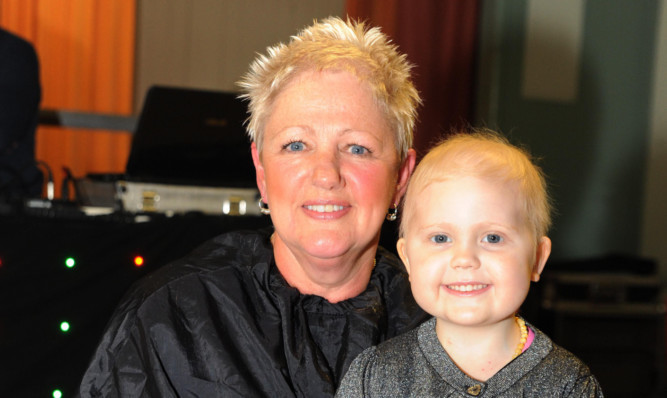Top Scottish judges have apologised for branding two leading Dundee academics “quack doctors”.
Forensic anthropologists Professor Sue Black, from Dundee University, and Dr Craig Cunningham gave evidence at the trial of Kimberley Hainey.
Heroin addict Hainey (38) was given a life sentence and told she must spend at least 15 years in jail in December 2011 after being convicted of the murder of her toddler son Declan Hainey.
The mummified body of Declan, who was not even two years old, was found in his cot in his mother’s Paisley flat in March 2010, eight months after he had last been seen alive.
Professor Black claimed that marks on Declan’s bones were evidence of malnutrition and neglect.
This was rejected by the defence but backed by Dr Cunningham, one of her PhD students, although both admitted they did not have medical backgrounds.
Appeal court judges Lord Clarke, Lord Mackay of Drumadoon and Lord Drummond Young, however, quashed the conviction last week and stated: “It cannot be right for a trial judge to allow an obvious ‘quack’ doctor to speak to a subject in a supposed expert way in relation to which he has no qualifications.”
It was widely assumed the comment was directed towards Professor Black and Dr Cunningham but on Wednesday the judges released a statement insisting they were discussing the law in general and not attacking any witnesses in particular.
“We regret that our opinion in the above case has caused concern to the two forensic anthropologists who gave evidence at the trial, Professor Susan Black and Dr Craig Cunningham,” they said.
“We would like to make it clear that no such implication was ever intended. The statement is part of a general discussion of the law and is designed to illustrate one category of case where a judge should not allow evidence to go the jury.
“It was not intended to refer to the facts of the case under consideration, nor does it refer to Professor Black and Dr Cunningham.
“We apologise to them for having failed to make that clear.”
